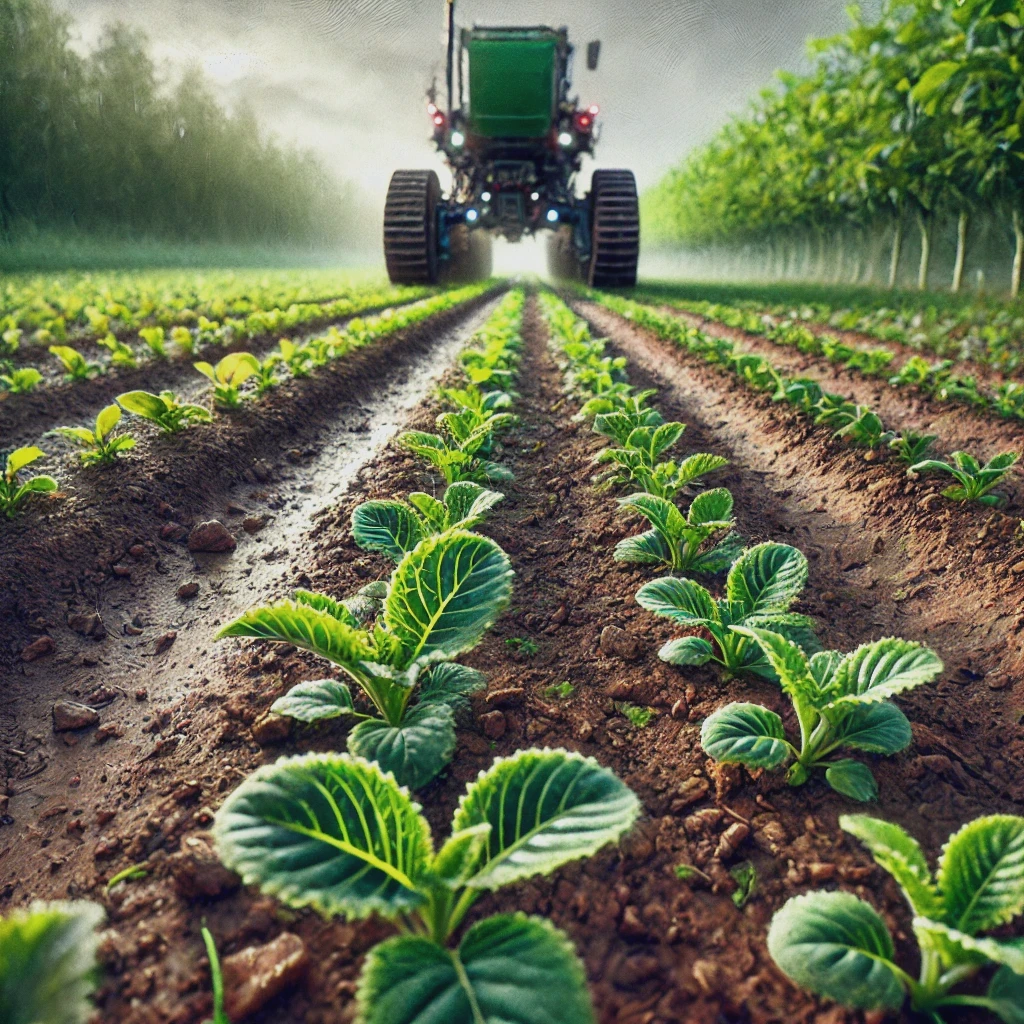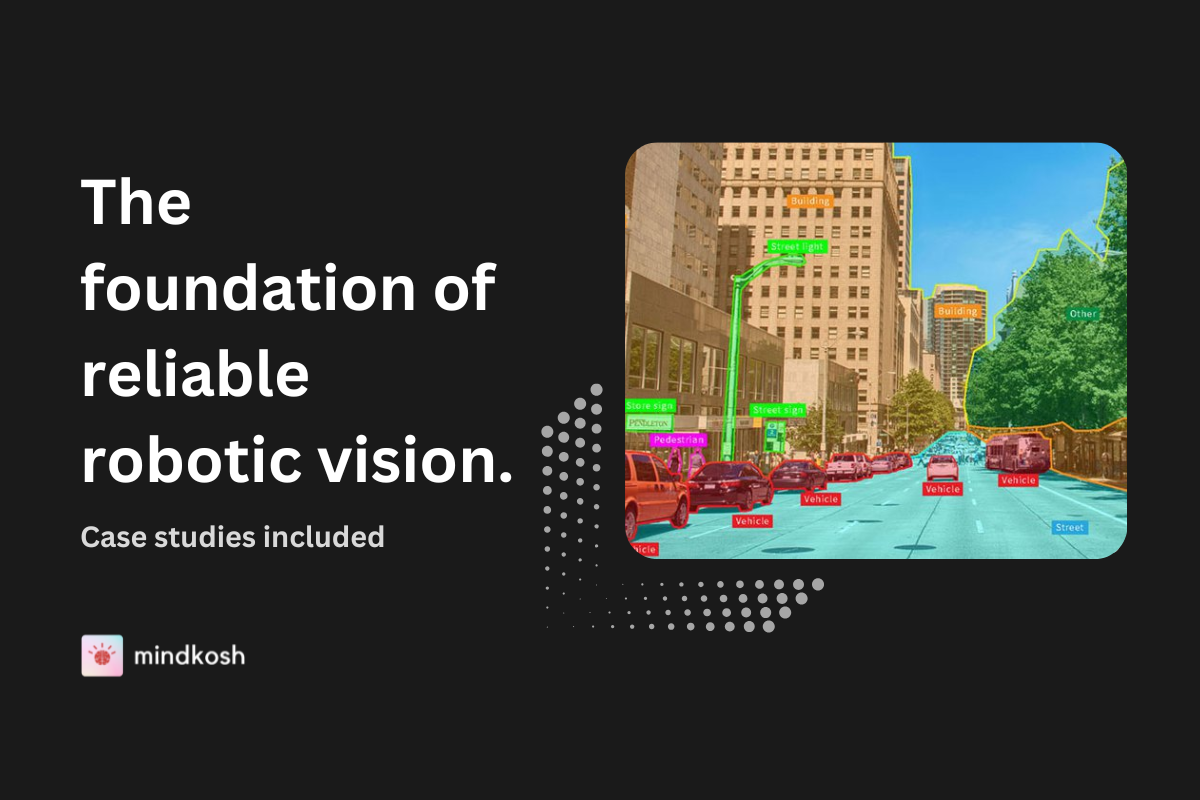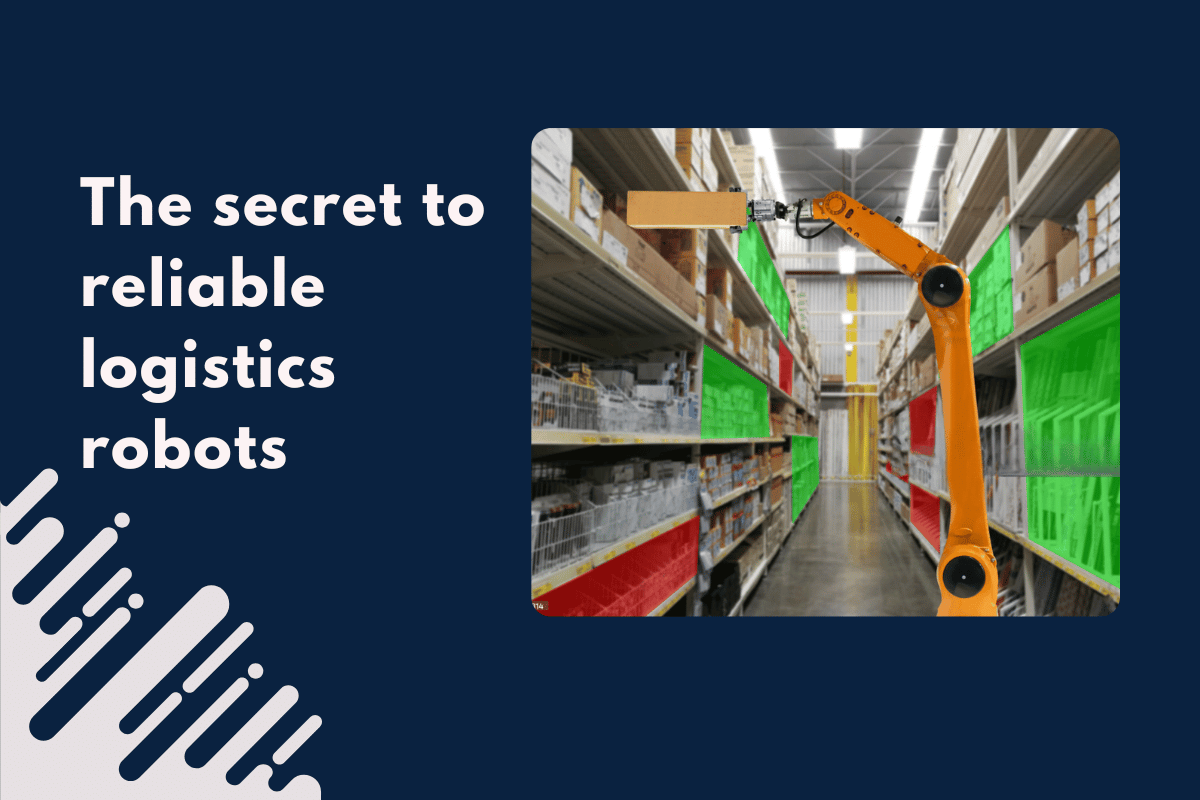Introduction
Video annotation is the process of labeling video content so machine learning (ML) models can understand motion, actions, and contextual interactions over time. Unlike image annotation, where a static frame is labeled once, video annotation must account for temporal continuity—objects move, interact, and evolve frame-by-frame.
Whether you're training a model to detect vehicles in traffic, recognize human gestures in AR, or monitor patients in surgical videos—video annotation is the backbone of computer vision in motion.
In this guide, we’ll cover:
- What video annotation is and how it works
- Common techniques and tools
- Why it matters for machine learning
- Real-world applications
- Key challenges and the future of this field
What is Video Annotation?
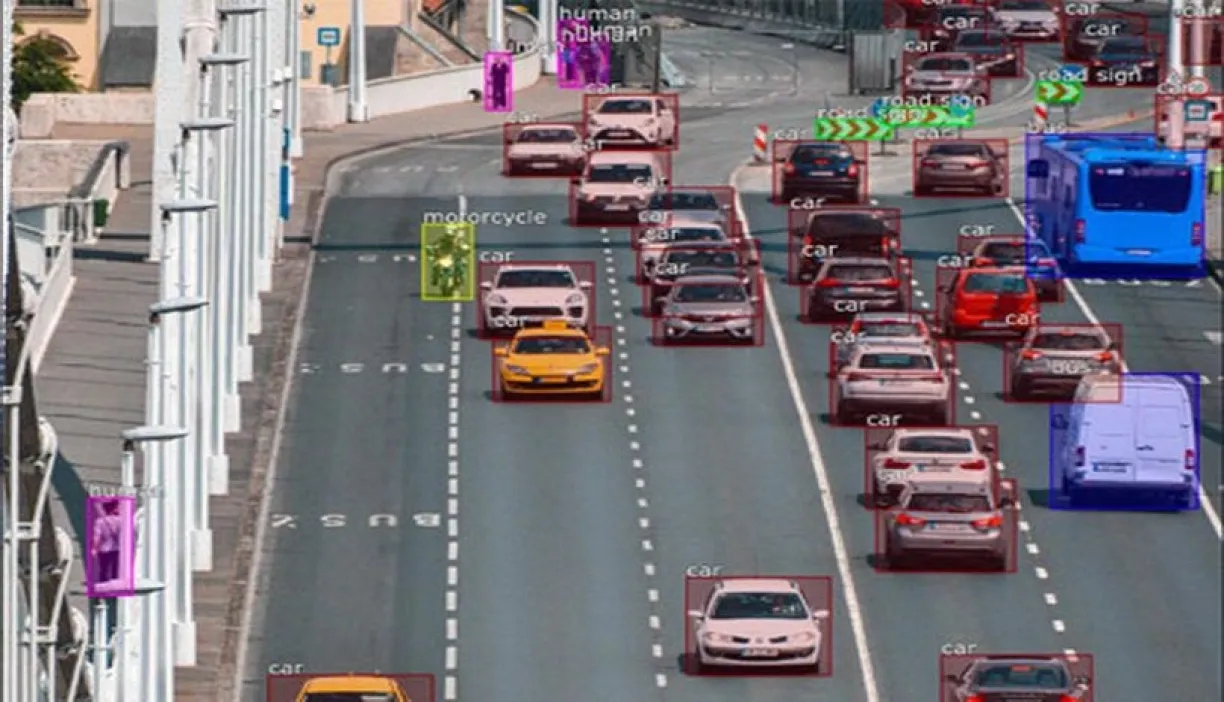
At its core, video annotation is about labeling objects, regions, or events across a sequence of frames. These annotations allow ML models to understand not just what is in a video, but how it changes over time.
For example, to teach a self-driving car when to stop, the model needs more than a snapshot of a stop sign. It needs to see how the stop sign comes into view, under what conditions, and how it relates to other moving elements like pedestrians or traffic lights.
Video annotation brings context—what's behind, ahead, or in motion—which is critical for edge-case recognition and action prediction in ML.
Video annotation for training Machine Learning models
Video annotation is fundamental to training models for a range of computer vision tasks, from object detection and motion analysis to environmental understanding.
Training Computer Vision Models
Annotated video data provides the foundation for training vision models to detect objects, understand motion, and interpret complex environments in real-time.
Real-Time Object Detection and Tracking
By labeling each frame, video annotation allows models to track objects and behaviors over time, making it indispensable for applications in autonomous systems and security.
Quality Datasets for Machine Learning
For AI systems to perform accurately, they require high-quality datasets that video annotation provides, supporting everything from robotics to augmented reality applications.
Why Video Annotation Matters for Machine Learning
ML models are only as good as the data they’re trained on. Annotated video data:
- Improves accuracy: High-quality labels help the model detect, classify, and track entities with fewer false positives.
- Enables temporal reasoning: Video data teaches the model to learn context, not just content.
- Supports diverse environments: Variations in lighting, perspective, or background require robust, annotated datasets for reliable inference.
Example Use Case:
In autonomous navigation, video annotation teaches systems to track moving vehicles, interpret gestures from pedestrians, and anticipate behavior based on motion.
Video Annotation Techniques
There are various techniques in video annotation, each tailored to specific use cases and levels of detail:
Bounding Boxes
Bounding boxes are rectangular annotations that enclose objects in each frame, making them ideal for object detection and tracking in applications like autonomous driving. By outlining an object’s spatial boundaries, bounding boxes help models recognize and follow it across frames.
Keypoint Annotation
Keypoint annotation involves marking specific points on objects, such as facial features or joints, allowing the model to identify and track movement. This technique is widely used in action recognition, where understanding specific gestures or movements is essential.
Semantic Segmentation
Semantic segmentation divides video frames into different regions, each assigned a distinct label. This approach is particularly useful in environments where models need to differentiate between objects and background, as in autonomous navigation or medical imaging. Segmentation provides pixel-level context, which is essential for tasks like surgical robotics or recognizing road boundaries under occlusion.
Interpolation for Seamless Labeling
Instead of labeling every frame, key frames are annotated manually, and intermediate frames are auto-filled by interpolation.
This improves efficiency, consistency, and precision, particularly for object tracking in long videos. Mindkosh supports interpolation to speed up annotation without sacrificing quality. Try it here.
Tools and Platforms for Video Annotation
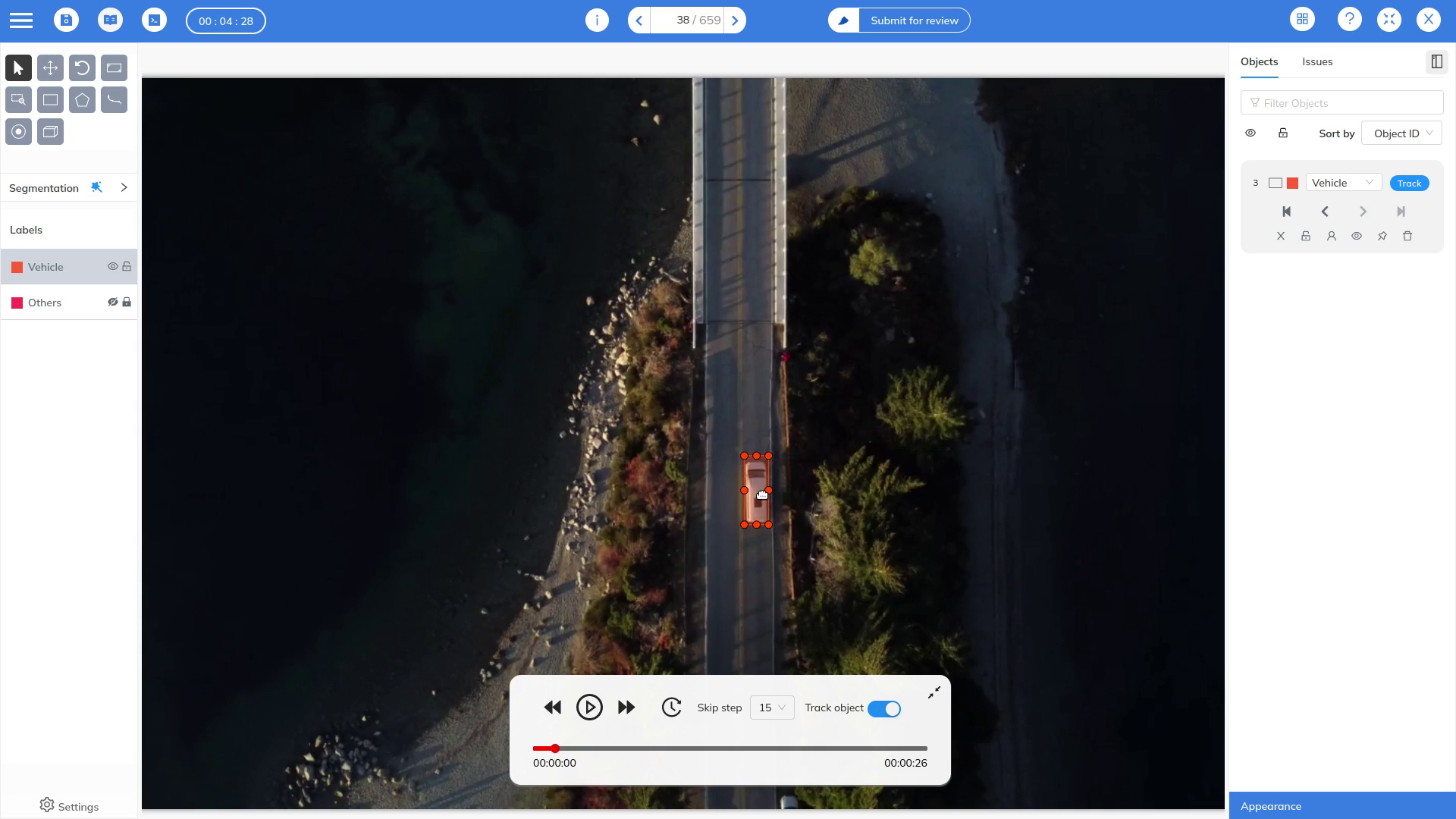
Several tools facilitate video annotation, offering features that streamline the labeling process and improve accuracy.
Video annotation tools
Some of the most popular annotation tools that support video annotation are:
- Labelbox: Robust and reliable, although lacking in automated tools for annotations.
- V7 Darwin: Great, intuitive interface with some support for automatic annotation.
- Superannotate: A fit for all - while you may not find a large number of features, if you are just looking to get some videos annotated, Superannotate will be suitable for your needs.
- CVAT (Computer Vision Annotation Tool): Free and open-sourced tool that allows you to label small videos. It should be stressed though that CVAT cannot handle large videos efficiently.
While all the platforms mentioned above will get the job done, if you are looking for an easy-to-use platform with all the features you need to quickly annotate videos, here is our shameless plug.
Mindkosh: The Complete Video Annotation Solution
Why Mindkosh stands out:
- Supports frame-by-frame labeling, interpolation, and multi-annotator workflows
- Tools for bounding boxes, segmentation, and keypoints
- Real-time issue tracking and reviewer dashboards
- Great for large-scale video projects in autonomous driving, retail surveillance, and agriculture
Mindkosh offers an intuitive video annotation interface, while also giving you tools to manage large projects & teams, as well as setup quality check pipelines. You can also curate detailed reports on label quality and user productivity to help you dive deeper into your labeling outputs. You can try out the platform for free by signing up here.
Real-world applications
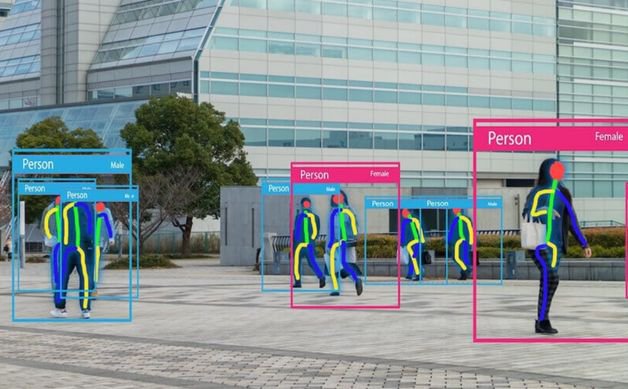
Video annotation is applied across multiple industries to enhance the accuracy and responsiveness of AI models.
Autonomous Vehicles
Self-driving cars rely heavily on annotated video data to detect pedestrians, track moving objects, recognize traffic signs, and interpret complex road scenes. Accurate labeling is crucial for training robust navigation and safety systems in dynamic driving environments.
Healthcare and Medical Imaging
Video annotation enables precise identification of anatomical structures, surgical tools, and procedural steps in medical footage. It's used for diagnostic support, surgical planning, and robotic assistance, where even frame-level accuracy can impact outcomes.
Retail and Security
In retail environments, video annotation helps in shelf monitoring, theft detection, and customer behavior tracking. In security, it enables real-time threat detection, facial recognition, and movement tracking in high-surveillance zones.
Sports and Entertainment
Used for motion capture, player tracking, and automated highlight generation, video annotation powers advanced analytics and immersive AR/VR experiences in live events, gaming, and sports broadcasting.
Agriculture and Environment
Drone and satellite videos are annotated to monitor crop health, detect pests, track wildlife, and assess environmental changes. This empowers smarter agricultural practices and conservation efforts.
Challenges in Video Annotation
Annotating video data presents unique challenges, particularly around quality, consistency, and scalability.
Volume and Time
Even a 2-minute video can contain thousands of frames, making manual labeling slow and costly.
Consistency Across Frames
Maintaining uniformity of object identity across frames is difficult, especially with occlusions or camera shifts.
Annotation Fatigue
Annotators make more errors when labeling large datasets manually. Use interpolation, template-based labeling, and AI-suggestions to reduce fatigue.
Interpolation for Seamless Labeling
Labeling every single frame manually in a video can be prohibitively time-consuming. This is where interpolation comes in. Instead of labeling every frame, annotators mark only the key frames—those where significant changes occur. The system then interpolates the labels for the intermediate frames.
This technique offers three key advantages:
- Efficiency: Interpolation drastically reduces manual workload, speeding up annotation timelines.
- Consistency: With fewer opportunities for human error, labels are more uniform across frames.
- Precision: Annotators can focus their efforts on refining key frames, ensuring high-quality inputs for the interpolation algorithm
This method is commonly used in gesture recognition, object tracking, and motion analysis. Try it on Mindkosh here.
Cost and Scalability
High-quality video annotation is resource-intensive. Balancing accuracy and speed is a persistent challenge.
Future Trends in Video Annotation
The future of video annotation will likely see advancements in automation, AI-driven processes, and new applications.
- Smarter Tools: GenAI-assisted tools for auto-annotation
- Synthetic Datasets: Generated video frames to augment training data
- Edge Annotation: On-device labeling for real-time systems
- Human-in-the-Loop: Review pipelines with annotator feedback, QA scoring, and trust metrics (supported on Mindkosh)
Conclusion
Video annotation is a critical tool in computer vision and machine learning, enabling the creation of datasets essential for training advanced AI models. As this technology continues to evolve, its applications in real-time tracking, automation, and new sectors are expected to expand, driving innovation and shaping the future of intelligent systems. Understanding and leveraging video annotation techniques will be pivotal for developers as they build the next generation of AI-powered applications.
With platforms like Mindkosh, labeling becomes more efficient, collaborative, and accurate—bringing vision to the future of machine learning.

